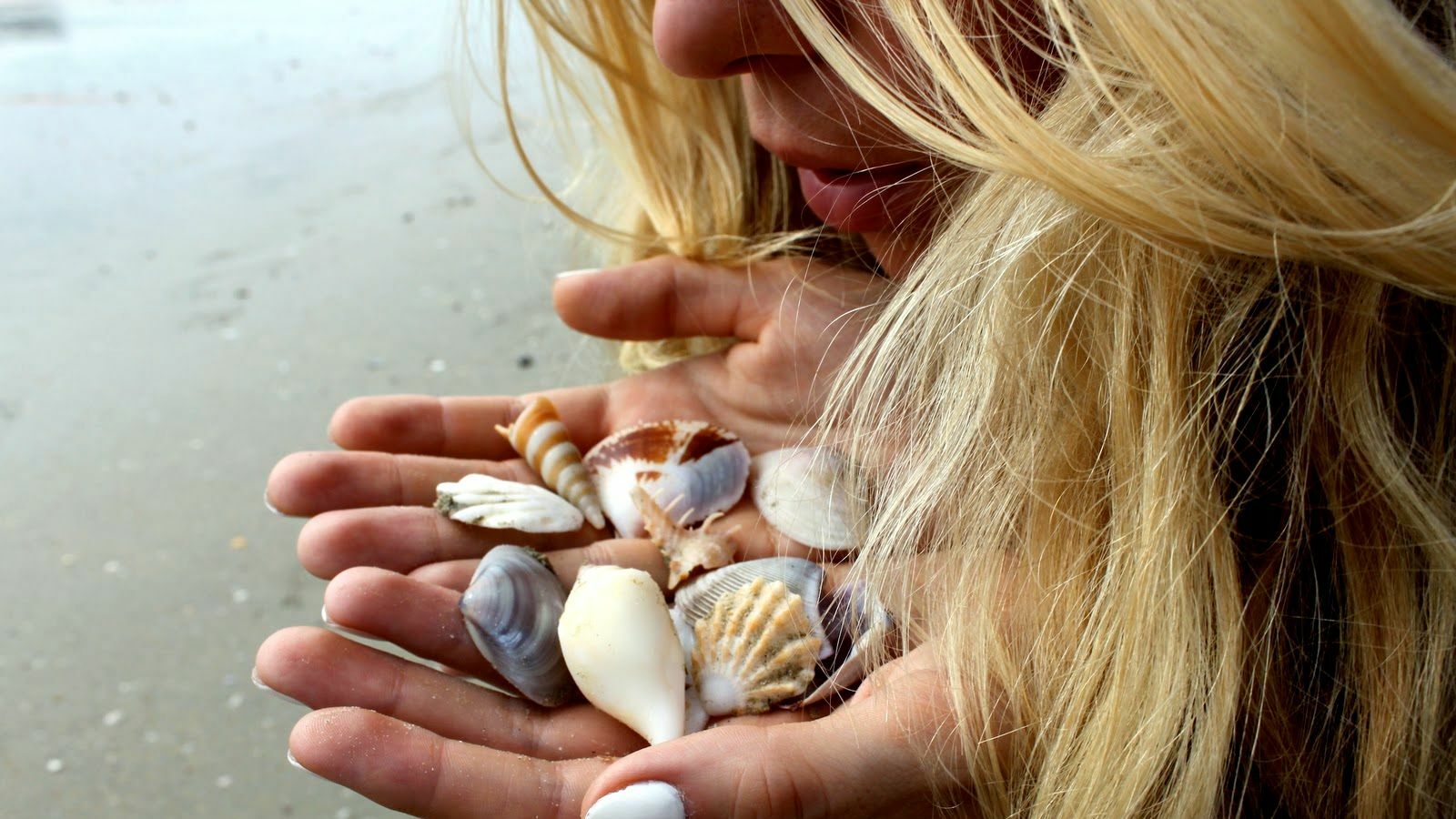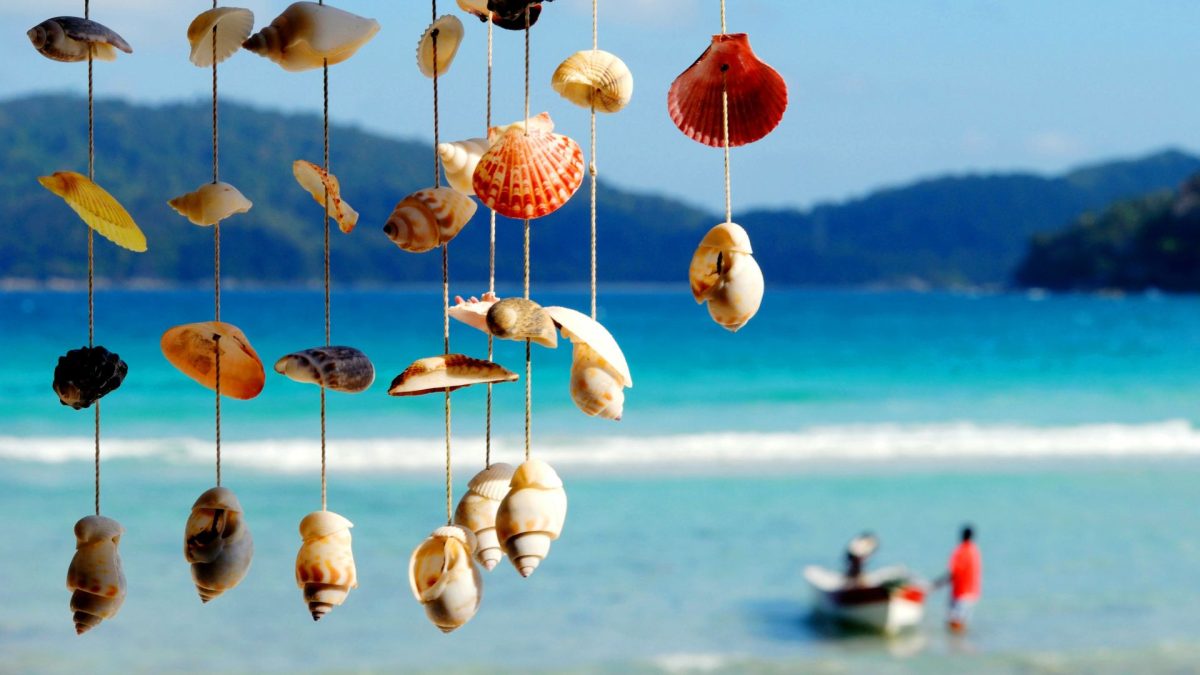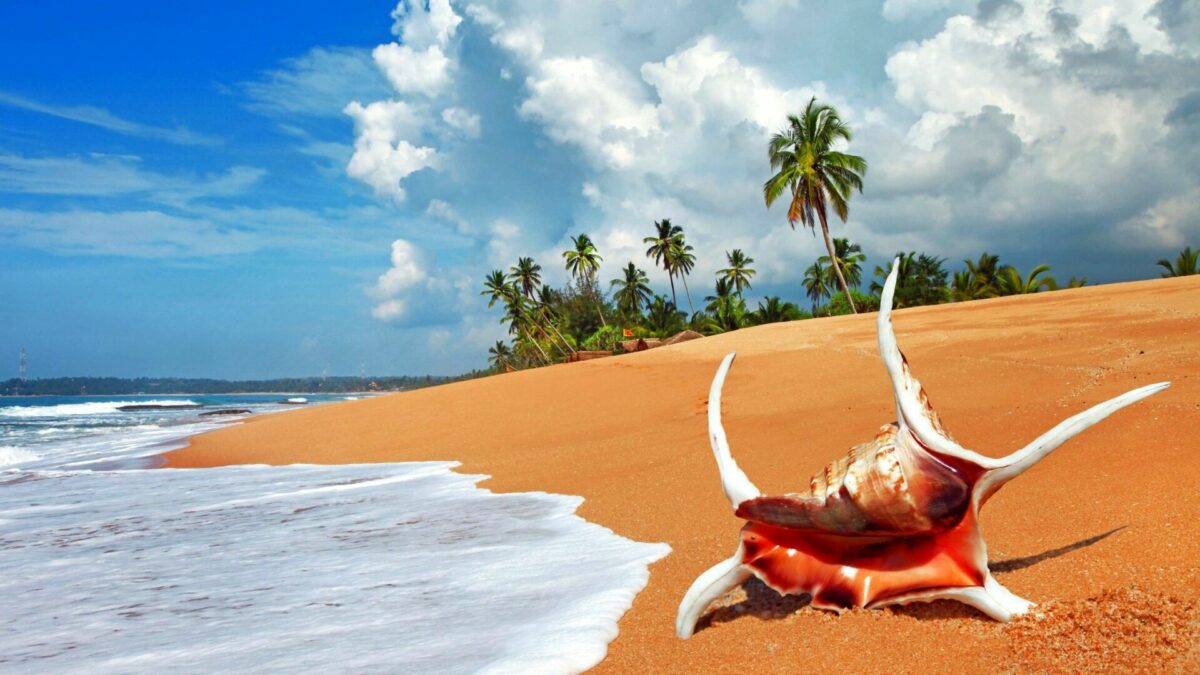Blog
The Secret Life of Seashells: Understanding How They are Made
Introduction: The Fascinating World of Seashells
Seashells have always been a source of fascination for humans. They are beautiful, intricate, and come in a wide variety of shapes, sizes, and colors. They are also incredibly diverse, with over 100,000 different species of seashells found in oceans around the world. But what exactly are seashells, and how are they made?
The Anatomy of a Seashell: Understanding Its Structure and Composition
Seashells are the hard, protective outer layer of a mollusk, a type of invertebrate animal that includes snails, clams, and oysters. The shell is made up of two main layers: the outer layer, or periostracum, and the inner layer, or nacre. The periostracum is the thin, outermost layer of the shell, and is made up of a protein called conchiolin. This layer is responsible for the color and texture of the shell.
The nacre, also known as mother-of-pearl, is the iridescent, inner layer of the shell. It is made up of calcium carbonate crystals arranged in a layered structure, which gives the shell its strength and durability. The nacre is also responsible for the luster and shine of the shell.
The Formation of Seashells: From Larvae to Adult Shells
Seashells begin their lives as tiny larvae, which hatch from eggs laid by adult mollusks. These larvae are free-swimming and feed on plankton until they are large enough to settle on the ocean floor. Once they have settled, they begin to secrete a hard, protective shell around their bodies.
The process of shell formation is a complex one, involving the deposition of calcium carbonate crystals in a precise pattern. The mollusk secretes a protein matrix that acts as a template for the crystals to grow on. As the crystals grow, they form the intricate patterns and shapes that make up the shell.
The Role of Environment in Seashell Formation: How Climate and Habitat Affect Shell Growth
The environment plays a crucial role in the formation of seashells. The temperature, salinity, and acidity of the water all affect the growth and development of the mollusk, and therefore the formation of its shell. For example, warmer waters can lead to faster shell growth, while more acidic waters can weaken the shell and make it more susceptible to damage.
The habitat of the mollusk also plays a role in shell formation. Mollusks that live in areas with strong currents or waves may have thicker, more robust shells to protect them from the elements. Mollusks that live in areas with predators may have more intricate patterns on their shells to help them blend in with their surroundings and avoid detection.
The Diversity of Seashells: Exploring the Different Types and Their Unique Characteristics
Seashells come in a wide variety of shapes, sizes, and colors. Some are smooth and shiny, while others are rough and textured. Some are brightly colored, while others are more muted. Some are symmetrical, while others are asymmetrical.
There are many different types of seashells, each with its own unique characteristics. Some of the most common types include snail shells, clam shells, oyster shells, and conch shells. Each type of shell has its own unique shape, pattern, and texture, and is adapted to the specific needs of the mollusk that produces it.
The Importance of Seashells: From Cultural Significance to Scientific Research
Seashells have played an important role in human culture for thousands of years. They have been used as currency, jewelry, and decorative objects, and have been the subject of art and literature. Seashells also have scientific importance, as they can provide valuable information about the history and ecology of the oceans.
Seashells can be used to study the evolution of mollusks, as well as the environmental conditions in which they lived. They can also be used to study the effects of climate change on marine ecosystems, as changes in temperature and acidity can affect the growth and development of mollusks and their shells.
In conclusion, seashells are fascinating and complex structures that have captured the imagination of humans for centuries. Understanding how they are made, and the role that environment and habitat play in their formation, can provide valuable insights into the ecology and evolution of the oceans. Whether used for cultural or scientific purposes, seashells are a valuable and important part of our natural world.





